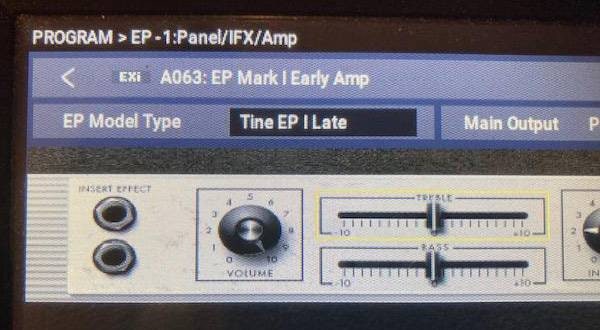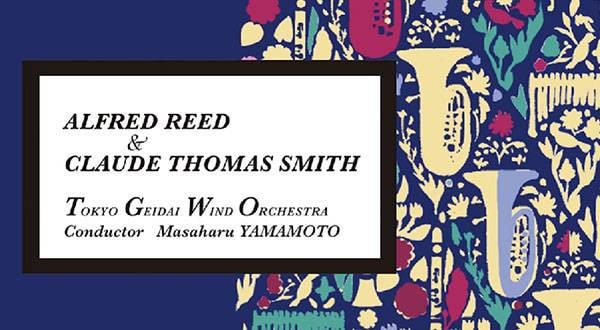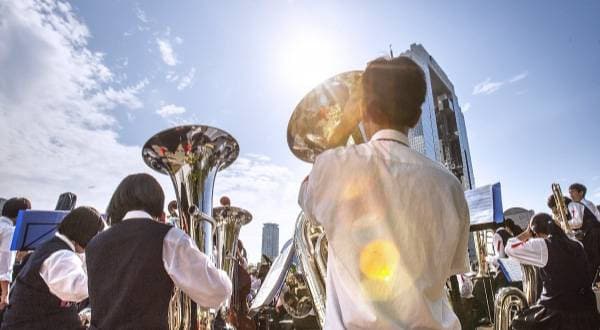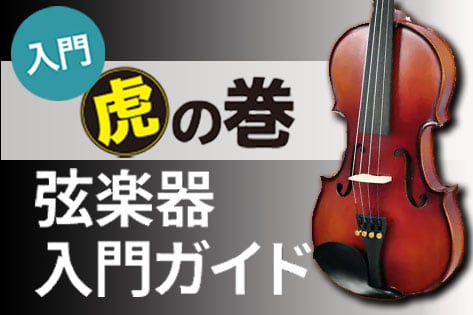Hello everyone. The new year has arrived and the pieces for the 2022 All-Japan Wind Ensemble Competition have been announced. This means that wind ensembles are probably starting to choose their free choice pieces for the summer competition. However, many school bands may find themselves unable to participate in the large ensemble (Category A) due to the number of players. In such cases, they will compete in the small ensemble category. But, when it comes to choosing a piece, they may feel that there aren't as many pieces available for smaller ensembles compared to large ensembles... or there’s a piece that they may want to play, but the score is only available for large ensembles... As a result, selecting the right piece can be quite challenging. So today, I would like to introduce three particularly popular works that can be performed by small ensembles. I hope this helps you with your summer concert repertoire. Let's take a look!
About Small Ensembles in Wind Music
Before diving into the main topic, I would like to define what a small ensemble is. Generally, small ensembles consist of 30 players or less. (By the way, in wind ensemble competitions, small ensembles are typically categorized in Group B, but the specific definition can vary depending on the branch or prefectural wind band association. For more details, check the website or guidelines of your local wind band association.)
Classical Piece: Opera Turandot
First up, we have the well-known opera Turandot by Giacomo Puccini, which is a staple in wind ensemble competitions. Many may recognize the famous aria "Nessun Dorma" from Act 3, which has been used in figure skating performances and other media.
A Brief Synopsis: The setting is Beijing, where Prince Calaf who is in love with the beautiful Princess Turandot, must solve three riddles in order to marry her. Even though she was initially cold toward him, Turandot begins to develop feelings for Calaf...
( “Turandot” synopsis and commentary )← Want to find out more?
This opera has been performed numerous times at national competitions, producing many memorable performances. A particularly famous rendition was performed by Fukuoka Institute of Technology’s Joto High School at the national competition.
(From the opera “Turandot” arr. Hiroshi Goto, performed by the Japan Ground Self-Defense Force Central Band)While Turandot is generally associated with large ensembles, there is actually a small-ensemble arrangement that can be performed with as few as eight players. The arrangement, which maintains the grandeur and beauty of the original, was done by Hiroki Takahashi, who is famous for arranging pieces like Amusement Park Suite for saxophone ensemble and Bunmei Kaika no Kane for brass ensemble.
(Selection from “Turandot” arr. Hiroki Takahashi Performed by Naomi Wind Philharmonic Orchestra)Musical Icon: Les Misérables
Next, we have the ever-popular Les Misérables. Based on Victor Hugo’s novel, the music for this iconic musical was composed by Claude-Michel Schönberg.
A Brief Synopsis: Set in post-French Revolution in Paris, Jean Valjean, having served 19 years in prison for stealing bread, is released on parole. He adopts Cosette, a young girl, and raises her in a time of revolutionary unrest. As the story unfolds, Cosette falls in love with the revolutionary student Marius…
( Les Misérables synopsis, songs, and commentary)) ← Want to find out more?
This musical has been frequently chosen as a piece for competitions, and a well-known arrangement by Kazuhiro Morita was performed by the Japan Ground Self-Defense Force Central Band. The famous recorder introduction left a strong impression on many.
(from the musical “Les Misérables” arr. Kazuhiro Morita, performed by the Japan Ground Self-Defense Force Central Band)There are also other versions of Les Misérables arranged by Hirokazu Fukushima, known for his work on ラッキードラゴン~第五福竜丸の記憶 Lucky Dragon– Dai go Fukuryūmaru no Kioku Lucky Dragon – Memories of the Fifth Lucky Dragon). In addition, there are a few arrangements specifically for smaller and medium-sized ensembles. Here are two versions that I think could be a great challenge:
(“Les Misérable” arranged by Marcel Peeters)This arrangement is quite close to the original, and it’s meant for about 35 players, making it more of a medium-sized ensemble rather than a small one. The arrangement retains the dramatic intensity and power of the original.
(Les Miserables selection from the motion picture arr. Hal Leonard)This flexible arrangement can be played with as few as six players (five parts plus one percussion), and it’s a medley of five songs from the film adaptation, including the song "Suddenly". This version can also be performed as an ensemble.
The Beautiful Harmonies of Wagner's "Elsa's Procession to the Cathedral" from Lohengrin
Lastly, we have “Elsa’s Procession to the Cathedral” from Richard Wagner's Lohengrin. Unlike the previous two pieces, this work is not as commonly performed in competitions but it’s a standard in wind ensemble repertoire. In its original form, it includes a choir, and the beautiful harmonies it produces are stunning. However, it’s said that this piece is quite difficult.
(“Elsa's Procession to the Cathedral” Conductor: Yutaka Sado Performed by Siena Wind Orchestra)While Les Misérables and other works may be more famous, “Elsa’s Procession” offers a different type of beauty. It requires technical skill as well as an ability to express its rich harmonies.
There is a small-ensemble version of this piece that was arranged by Hiroki Takahashi, who is also known for arranging Turandot for small ensembles.
Here is a piece that requires technique and, more importantly, resonance and expression.
So this time, I have told you that Turandot, Les Misérables, and “Elsa's Procession into the Cathedral” can be tackled even by small groups. Looking at it this way, I was reminded that there are many small group pieces out there. I would like to introduce other small arrangements and Japanese works at the next chance I get. The demand for small orchestra works is expected to increase even more in the future. We cannot take our eyes off of these works’ future evolutions.
The “sound & person” column is made up of contributions from you.
For details about contributing, click here.

















 プラスチック管楽器特集
プラスチック管楽器特集
 デジタル管楽器とは
デジタル管楽器とは
 PLAYTECH 管楽器特集
PLAYTECH 管楽器特集
 超オススメのフレーズ道場 クラリネット
超オススメのフレーズ道場 クラリネット
 弦楽器入門ガイド
弦楽器入門ガイド
 サウンドハウス虎の巻 管楽器入門ガイド
サウンドハウス虎の巻 管楽器入門ガイド















